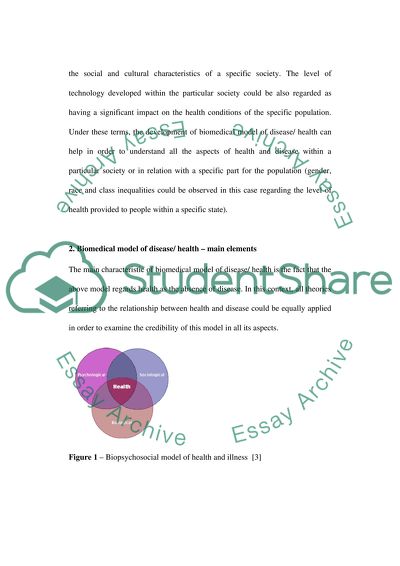Cite this document
(Transformation in the Character of Bio-medicine Term Paper, n.d.)
Transformation in the Character of Bio-medicine Term Paper. Retrieved from https://studentshare.org/health-sciences-medicine/1543352-critically-evaluate-claims-that-there-has-been-a-transformation-in-the-character-of-biomedicine-and-the-emergence-of-a-new-paradigm-for-health-care-at-the-start
Transformation in the Character of Bio-medicine Term Paper. Retrieved from https://studentshare.org/health-sciences-medicine/1543352-critically-evaluate-claims-that-there-has-been-a-transformation-in-the-character-of-biomedicine-and-the-emergence-of-a-new-paradigm-for-health-care-at-the-start
(Transformation in the Character of Bio-Medicine Term Paper)
Transformation in the Character of Bio-Medicine Term Paper. https://studentshare.org/health-sciences-medicine/1543352-critically-evaluate-claims-that-there-has-been-a-transformation-in-the-character-of-biomedicine-and-the-emergence-of-a-new-paradigm-for-health-care-at-the-start.
Transformation in the Character of Bio-Medicine Term Paper. https://studentshare.org/health-sciences-medicine/1543352-critically-evaluate-claims-that-there-has-been-a-transformation-in-the-character-of-biomedicine-and-the-emergence-of-a-new-paradigm-for-health-care-at-the-start.
“Transformation in the Character of Bio-Medicine Term Paper”, n.d. https://studentshare.org/health-sciences-medicine/1543352-critically-evaluate-claims-that-there-has-been-a-transformation-in-the-character-of-biomedicine-and-the-emergence-of-a-new-paradigm-for-health-care-at-the-start.


